Wayfinding design
Wayfinding design is much more than just signs. Our experts develop wayfinding concepts that make it easy and intuitive for all user groups to find their way around the building or site. We have extensive experience in designing wayfinding for both public and private buildings and know the requirements and needs that need to be taken into account.
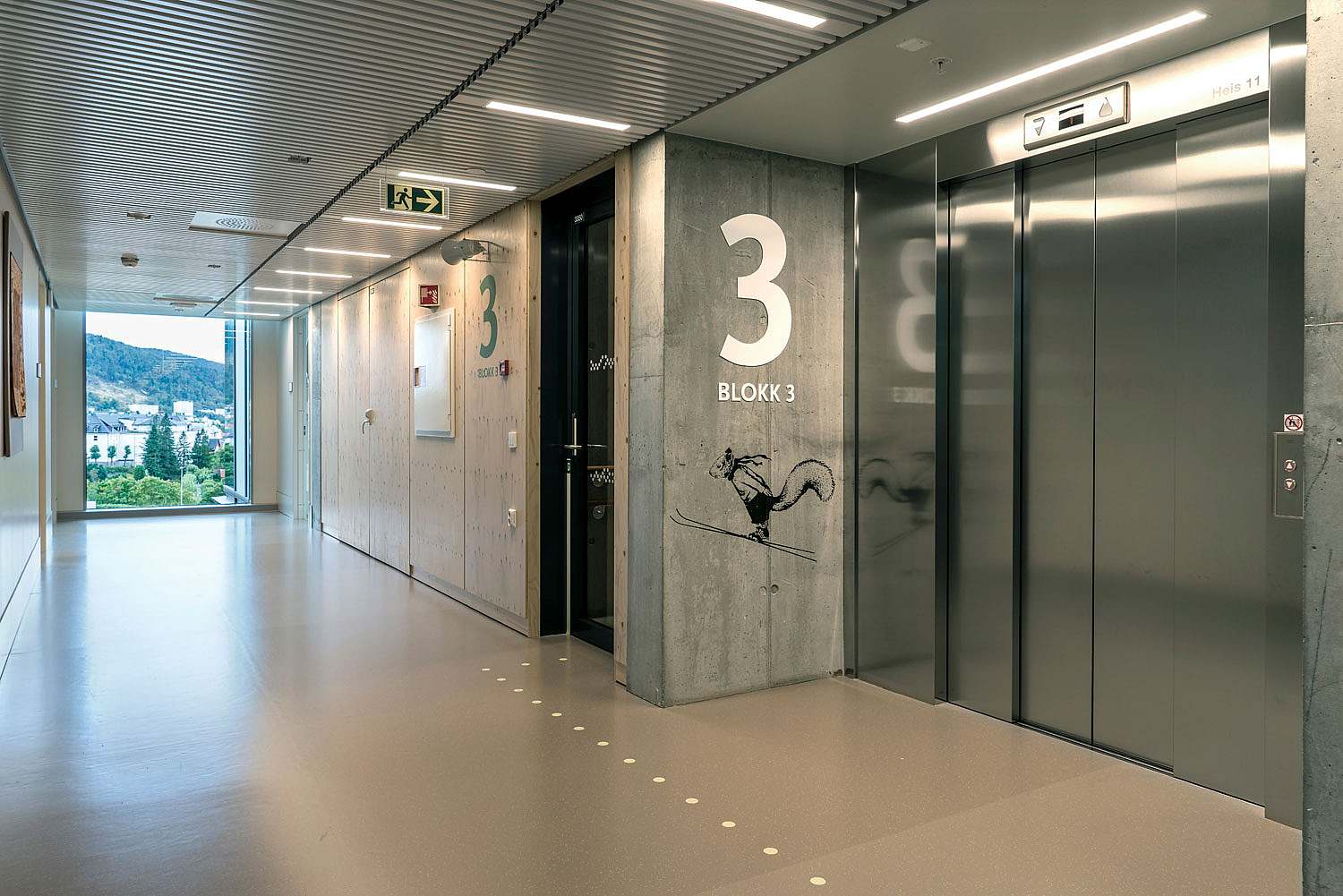
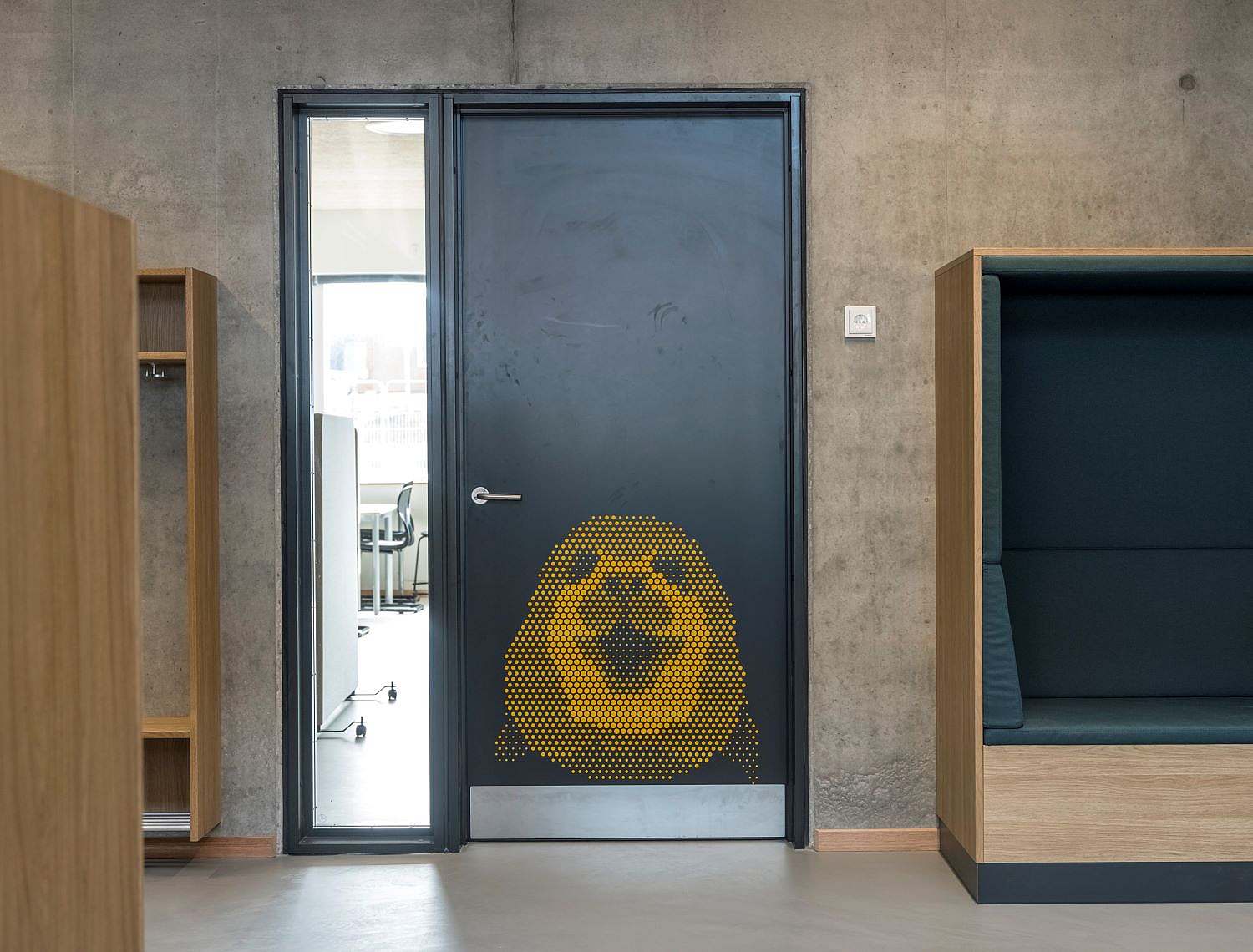
What is wayfinding?
Wayfinding encompasses all the ways people orient themselves and navigate from one place to another. The process can be divided into four phases, which need to be taken into account in order to design a user-friendly wayfinding concept:
- Orientation: where am I now?
- Route planning: how do I get to my destination?
- Mental mapping: can I recognise places I've been and work out where I'm going?
- Arrival: can I recognise that I have arrived at my destination?
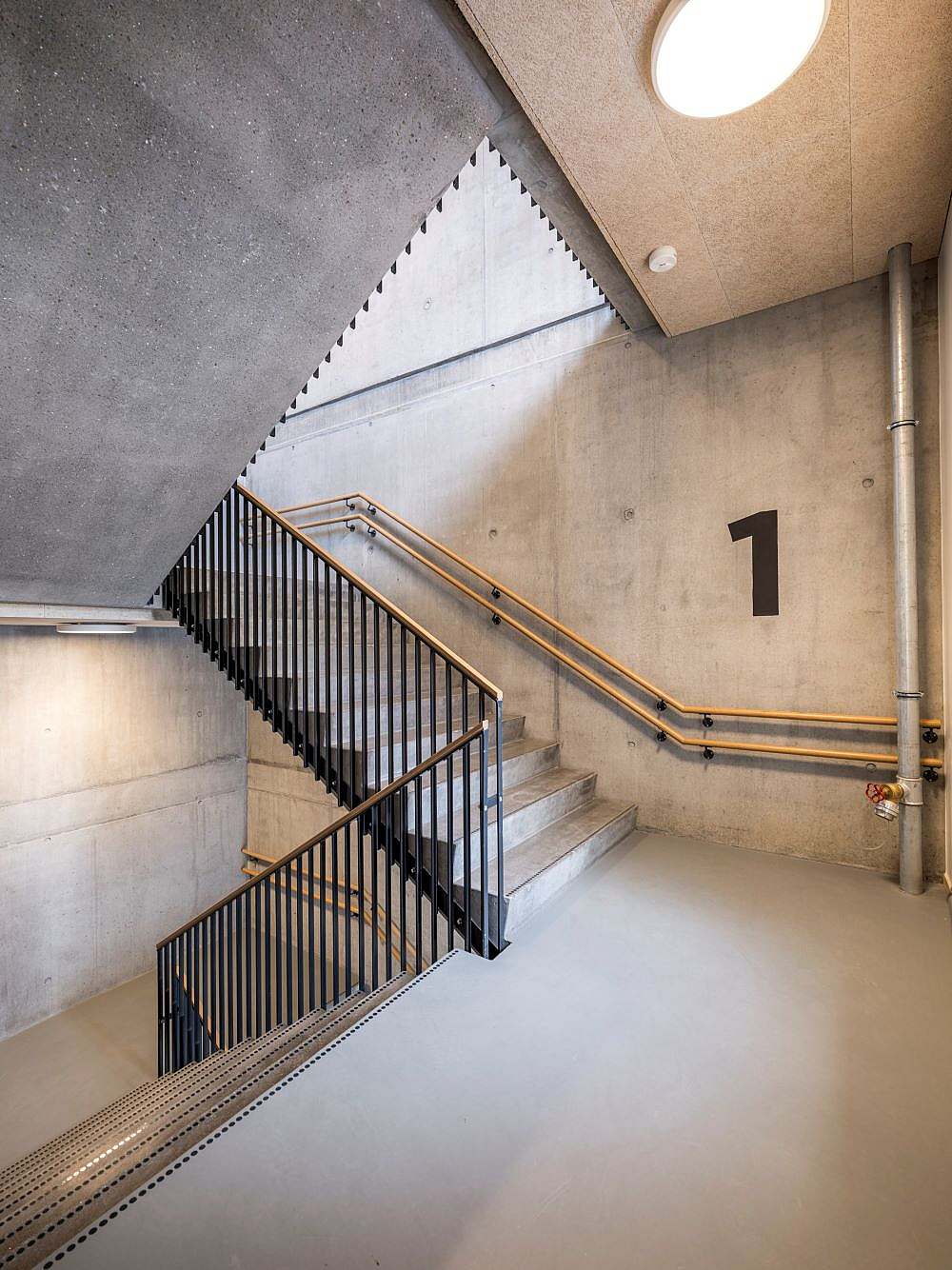
"It's about analysing the site and building to create simple and logical directions. We have experience with a wide range of wayfinding projects and can definitely design a good solution for you."
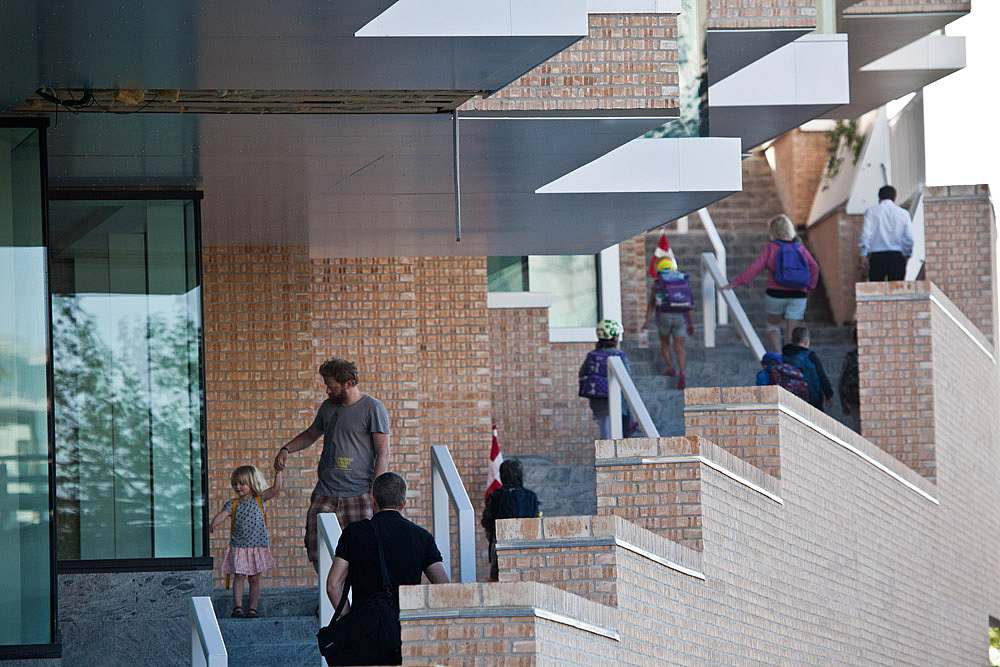
Good architecture supports wayfinding
The main purpose of wayfinding is to help users find their way around buildings and outdoor spaces in an efficient and preferably intimate way. Buildings with a good architectural flow and a well thought-out layout are easier to navigate and therefore have less need for signage.
You can use the floor actively to guide the way or use elements such as planting, furniture or lighting to emphasise a direction. The building volume itself can also point the way, as here at Ørestad school and library.
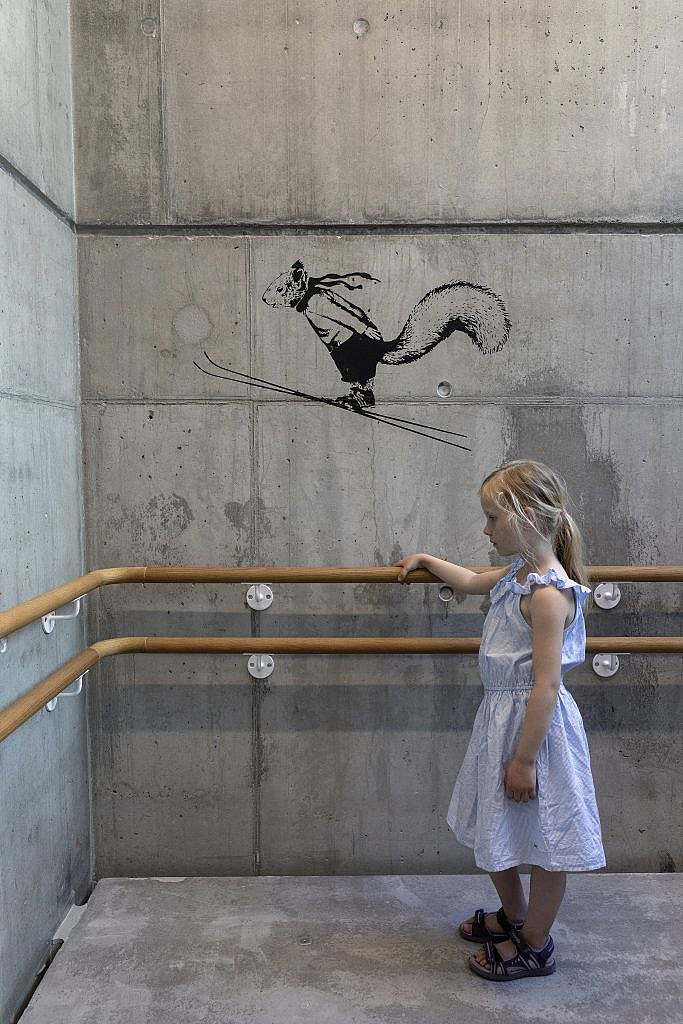
Show the way at eye level with users
Wayfinding is always an interaction between the user and the wayfinding elements.
What is a good wayfinding design therefore depends on the target group. Age, cultural and linguistic background are just some of the parameters that give very different conditions for decoding signs and signals. In buildings with many different types of users, it is important to target a broad audience - either by using universal signs and methods or through a composite wayfinding concept that can be read in different ways depending on the user's preconditions.
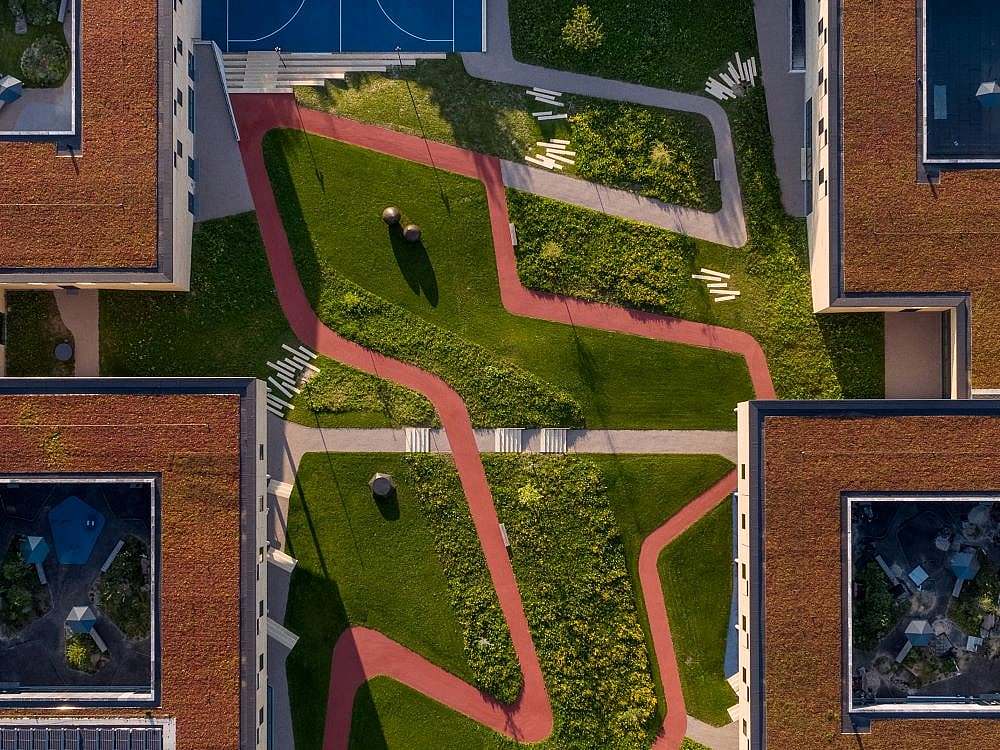
Wayfinding is about more than signs
Signs are often a mainstay of wayfinding design, but there are many other tools that can support wayfinding and intuitive orientation in a building or area. For example, you can work with colour schemes to highlight a particular function, use figurative, audio, tactile or interactive digital elements.
Artworks and architecture can also help users find their way around a place by creating easily recognisable fixed points. For the same reason, wayfinding design should be part of design phaseso that wayfinding elements are incorporated into the design of the building.
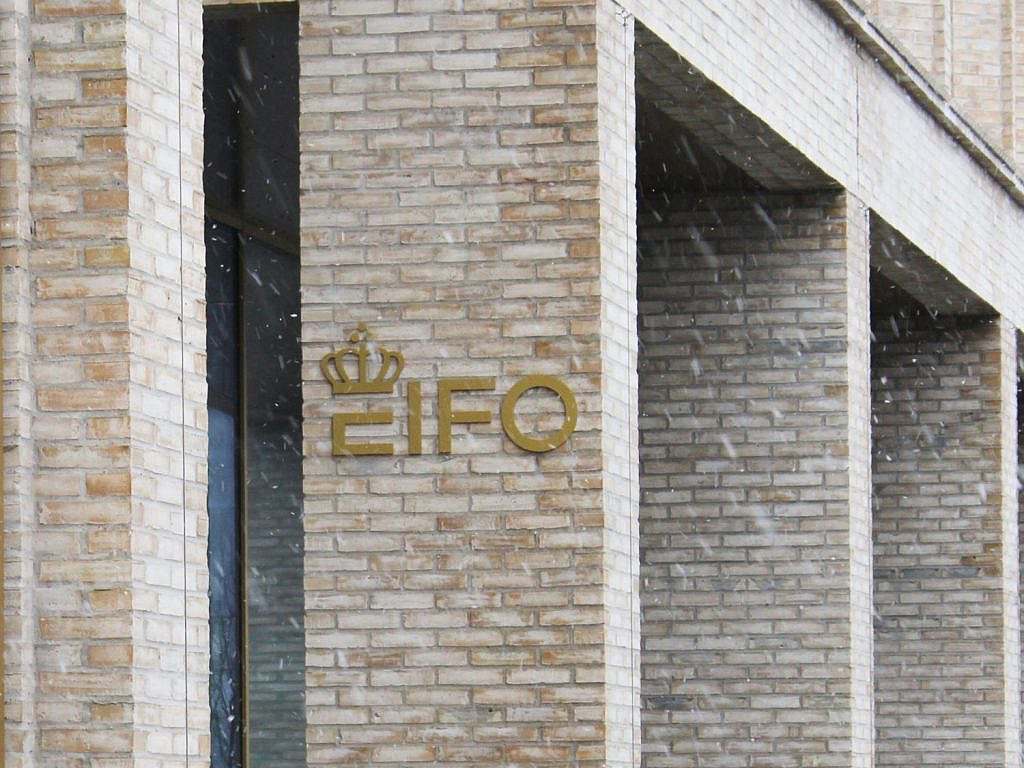
A good signage concept is part of most wayfinding designs
Wayfinding design is much more than signage but a good signage concept is still an important element. We know how to create a complete wayfinding concept based on the specific project. The signage concept often includes overview maps, different sign types and pictograms to show the way and designate everything from floors to rooms and toilets.
Signage is also essential for safety and orientation in dangerous situations. Our experts have a graphic-architectural background, so they can create a sign design that is visible without dominating.
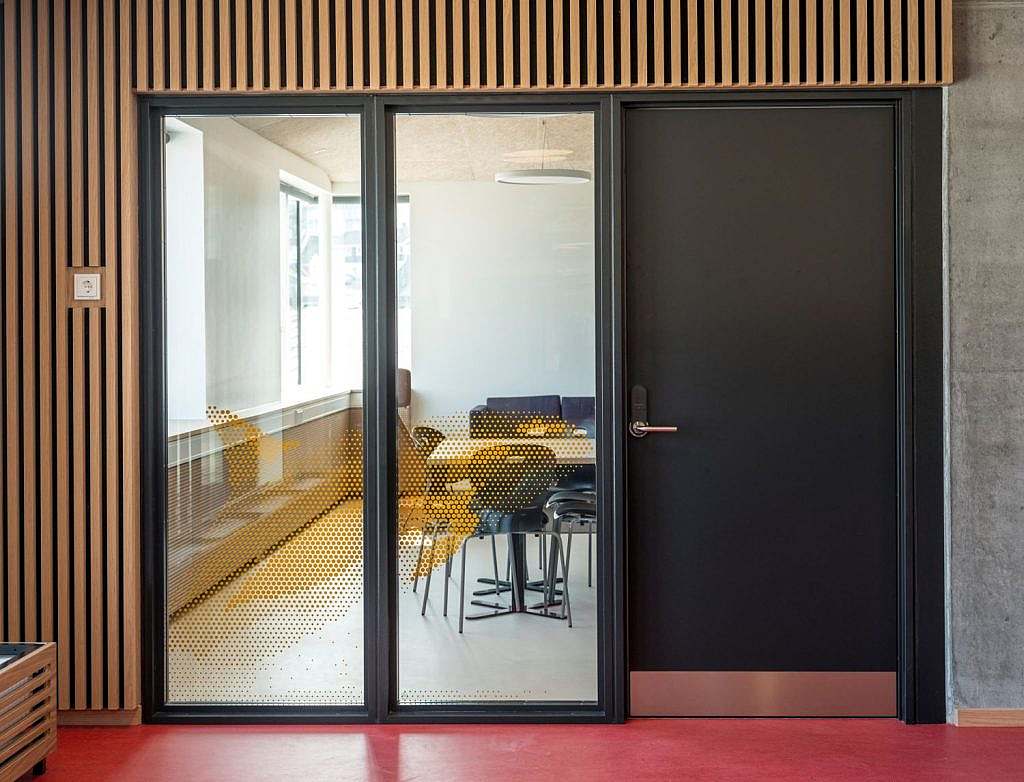
Do you need a complete wayfinding design?
We work both with wayfinding at concept level and also take care of the specific signage design.
The Wayfinding concept is based on the project and your wishes as the developer, the applicable regulations and, not least, the users.
The concept outlines the general ideas for the wayfinding strategy and its expression, while the actual wayfinding programme concretises the various signs and wayfinding elements, their function, physical character and location options.
Typically, we also create a design manual that ensures consistent use of the various wayfinding elements - both in the current project and if there is a need to expand the signage at a later date. Contact us to learn more about the possibilities of your project.